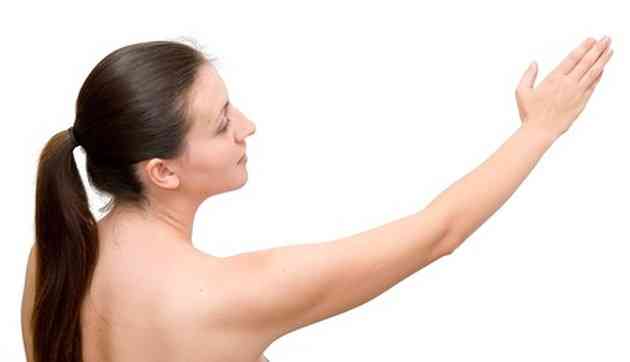How to Get Rid of Unwanted Chin Hair After You Stop Taking Birth Control Pills

When women develop excess facial hair, the condition is called hirsutism. For some women, a little bit of facial hair is natural, albeit annoying. For others, it could signify an underlying health condition or hormonal imbalance. Birth control pills can mask the symptoms of these underlying health conditions, in which case you wouldn't develop facial hair until you stopped taking them. If this is the case, you'll need to treat the problem before you can deal with the symptoms.
 A woman is receiving laser hair removal on her chin. (Image: Zinkevych/iStock/Getty Images)
A woman is receiving laser hair removal on her chin. (Image: Zinkevych/iStock/Getty Images)Step 1
Re-evaluate your decision to stop taking oral contraceptives. It's likely you had an underlying condition that your birth control pills corrected, according to Dr. Geoffrey Redmond, director of the Hormone Help Center of New York. Once you stopped taking your pills, your hormone levels reverted to their disproportionate levels, and your facial hair appeared as a side effect. Restarting your pills can help eliminate excess facial hair.
Step 2
Get evaluated for hormone-related conditions such as polycystic ovarian syndrome (PCOS), Cushing's syndrome and pituitary or ovarian irregularities, recommends the American Academy of Family Physicians on its FamilyDoctor.org website. Hormonal birth control can mask the symptoms of these disorders. Treatment usually helps prevent side effects such as facial hair.
Step 3
Ask your doctor about prescription medication to help deal with your chin hair. Topical creams that aim to stop facial hair growth in women cost about $50 a month. But hair growth usually resumes after you stop taking the medication, according to the American Academy of Family Physicians.
Step 4
Try various hair-removal methods, such as shaving, plucking or waxing. These treatments remove hair temporarily, but they don't address the underlying causes of facial hair. Clinical procedures such as laser hair removal and electrolysis provide longer-lasting results. These treatments can cost up to $250 per session, and you may need multiple sessions.
Step 5
Start a diet and exercise program. Weight loss and good nutrition can help reverse hair growth in women with PCOS, according to registered dietitian Martha McKittrick in her article "PCOS and Diet," published at OBGYN.net. Continue this program even if you don't have PCOS. Excess body fat, especially belly fat, contributes to hormone imbalances, according to the Mayo Clinic. If you have excess weight, aim to lose 10 percent of it, then revisit this goal once you've met it.




